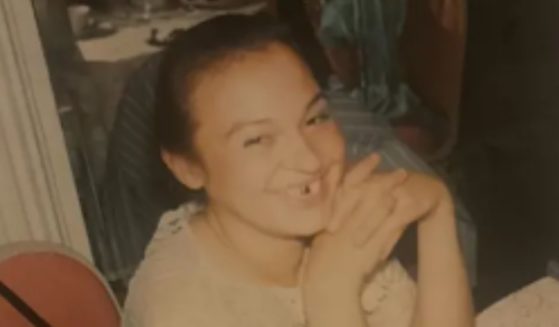Woman Explains Grief with 'Ball in Box' Analogy Her Doctor Taught Her
Talking about grief is not usually an enjoyable topic, but one woman has passed down a piece of wisdom that is helping people process their grief a bit easier.
Lauren Herschel, from Calgary, Alberta, Canada, is no stranger to grief. Both of her parents have passed and she has muddled through many seasons of life, like Christmas, with mixed feelings of sorrow and joy.
Shortly after Christmas 2017, Herschel shared a piece of advice she received from her doctor: the “ball and the box” analogy. The simple but effective drawing explains how grief behaves in the lives of many people.
After what has been a surprisingly okayish Christmas, I had a moment today in SuperStore. Saw a lady who reminded me of my 92yo grandma, who even in the early stages of dementia, completely understood that my mom died.
I thought I’d share the Ball in the Box analogy my Dr told me pic.twitter.com/YfFT26ffU8— Lauren Herschel (@LaurenHerschel) December 29, 2017
Herschel explained that grief is like a box with two objects inside: a ball and a pain button.
“In the beginning, the ball is huge. You can’t move the box without the ball hitting the pain button,” Herschel wrote.
“It rattles around on its own in there and hits the button over and over.
“You can’t control it — it just keeps hurting. Sometimes it seems unrelenting.”
In the beginning, the ball is huge. You can’t move the box without the ball hitting the pain button. It rattles around on its own in there and hits the button over and over. You can’t control it – it just keeps hurting. Sometimes it seems unrelenting. pic.twitter.com/Wcas2p4vab
— Lauren Herschel (@LaurenHerschel) December 29, 2017
Over time, the ball begins to shrink. The ball does not hit the pain button as often as before, giving us more time to function in life in between episodes of grief.
But when the ball does press the pain button, it hurts just as much.
Over time, the ball gets smaller. It hits the button less and less but when it does, it hurts just as much. It’s better because you can function day to day more easily. But the downside is that the ball randomly hits that button when you least expect it. pic.twitter.com/fevAttojBg
— Lauren Herschel (@LaurenHerschel) December 29, 2017
“It’s better because you can function day to day more easily,” Herschel wrote. “But the downside is that the ball randomly hits that button when you least expect it.”
“For most people, the ball never really goes away. It might hit less and less and you have more time to recover between hits, unlike when the ball was still giant.”
Herschel’s explanation resonated with people, as many were able to understand their grief in a simple way and talk about it openly.
Herschel understands that talking about grief is not easy, but she is glad people are having the conversation.
“I think we absolutely need to talk about grief and death more,” Herschel told Bored Panda.
“It is normal, yet so many people feel like they can’t talk about it, or can only talk about it for a short prescribed period right after someone passes. But grief is a longer journey than that.”
Truth and Accuracy
We are committed to truth and accuracy in all of our journalism. Read our editorial standards.
Advertise with The Western Journal and reach millions of highly engaged readers, while supporting our work. Advertise Today.











